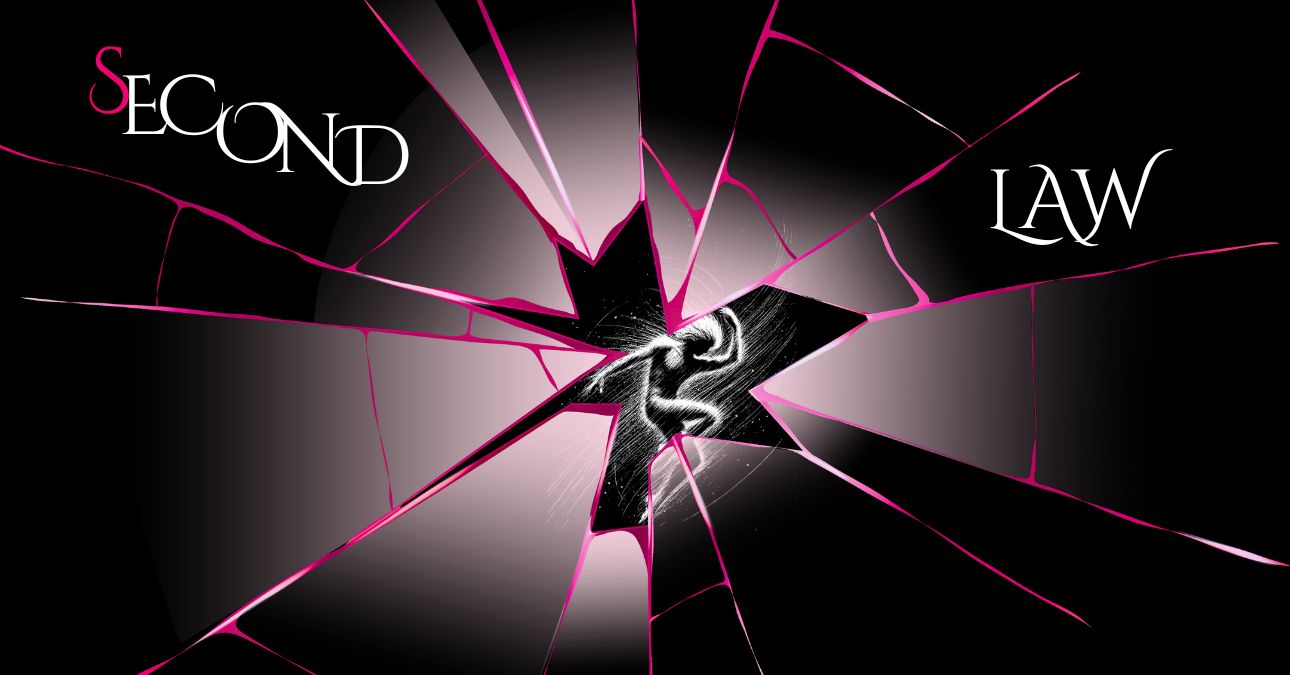Echo Chamber

The Second Law: The Rhythm of Force
If the First Law lingered in inertia, then The Second Law shatters stillness with impact. Newton’s formula - force equals mass times acceleration - is no longer an equation on a page, but a composition in collision.
The piece opens with weight: strings tremble under pressure, percussion lands like a strike, the sound itself carrying mass. Force is not abstract here; it is visceral, heavy, undeniable.
Momentum shifts. Time fractures. The score pivots from 4/4 into a staggering waltz, then snaps back again, as if rhythm itself is being accelerated, redirected, resisted. Notes elongate, compress, scatter. Melodies diverge and converge, curving like trajectories bent by unseen hands.
Acceleration and deceleration fight in waves of crescendos and sudden silences. The tremolos whisper of resistance - air dragging at a falling body - until the music itself feels suspended in freefall. Then, just as abruptly, gravity wins. Impact resounds.
Sforzato cuts through it all, a command to use force. It is the musical equivalent of impact: sharp, immediate, irreversible.
By the end, everything collides. Strings, piano, percussion, voice - all converge in a final surge, the sound of mass multiplied by motion, a universe of particles crashing into resonance.
This is not just Newton translated into notes. The Second Law is proof that music can embody physics - that every chord can be acceleration, every rest resistance, every climax the echo of force unleashed. The Second Law does not wait - it surges.
Press play, and step into Newton’s Laws Dance Suite, where music becomes momentum.


